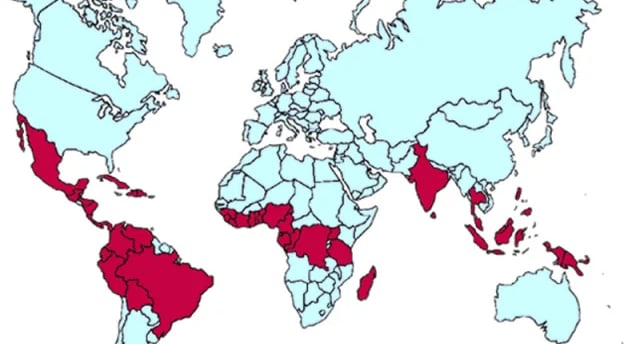Chocolate and Travel
Exploring the World of Cacao Production
CHOCOLATE AND TRAVEL


Introduction
Chocolate, the beloved treat that has tantalized taste buds for centuries, has a rich and fascinating history deeply intertwined with travel and exploration. While we often think of chocolate as a sweet indulgence, it all begins with cacao, the magical bean that grows in various countries across different continents. In this blog, we'll embark on a journey around the world to discover the origins of cacao and how it has shaped the cultures and flavours of different countries.
The Origins of Cacao
Cacao, scientifically known as Theobroma cacao, originated in the lush rainforests of Central and South America, primarily in regions that are now part of modern-day Mexico, Guatemala, Honduras, and Ecuador. Indigenous civilizations, such as the Olmec, Maya, and Aztecs, were among the first to cultivate and consume cacao. They prepared it as a bitter, frothy beverage, sometimes spiced with chilli or vanilla, quite different from the sweet chocolate bars we know today.
European Exploration and the Spread of Chocolate
Cacao remained a well-guarded secret of the Americas until the arrival of European explorers in the late 15th century. Christopher Columbus, during his fourth voyage to the New World, encountered cacao beans but initially dismissed them as worthless. However, it was the Spanish conquistadors, such as Hernán Cortés, who recognized the potential of cacao and brought it back to Europe.
In Europe, cacao underwent a transformation. Sugar, milk, and other ingredients were added to make it more palatable to European tastes. This paved the way for the creation of the chocolate bars and truffles that we adore today. Chocolate quickly spread across the continent and became a luxury enjoyed by the elite.
Cacao in Africa
While cacao originated in the Americas and gained popularity in Europe, it eventually found a new home in Africa. West Africa, particularly countries like Ivory Coast, Ghana, and Nigeria, became major cacao producers. The warm climate and suitable growing conditions in these regions made it possible for cacao to thrive. Today, West Africa supplies a significant portion of the world's cacao beans.
The Impact of Cacao on Cultures
Cacao has not only influenced the culinary world but has also left a lasting mark on the cultures of the countries where it is grown. In many places, cacao is deeply intertwined with traditions and rituals. For example, in Mexico, cacao is still used in the preparation of traditional beverages like champurrado and mole. In Ghana, cacao farming plays a vital role in the livelihoods of many rural communities.
Chocolate Tourism
For travellers with a sweet tooth and a love for adventure, chocolate tourism has become an increasingly popular niche. Exploring cacao farms, attending chocolate-making workshops, and tasting artisanal chocolates are just some of the experiences available to chocolate enthusiasts. Whether you're wandering through the cacao groves of Central America or savouring the flavours of Swiss chocolate factories, there's a chocolate adventure waiting for you.
Conclusion
Chocolate is more than just a delightful confection; it is a product of centuries of exploration and cultural exchange. From the rainforests of the Americas to the cocoa plantations of Africa and the chocolate factories of Europe, cacao has shaped the way we travel and experience the world. So the next time you enjoy a piece of chocolate, take a moment to savour the global journey it represents. Who knew that a simple bean could connect us with so many different countries and cultures?
